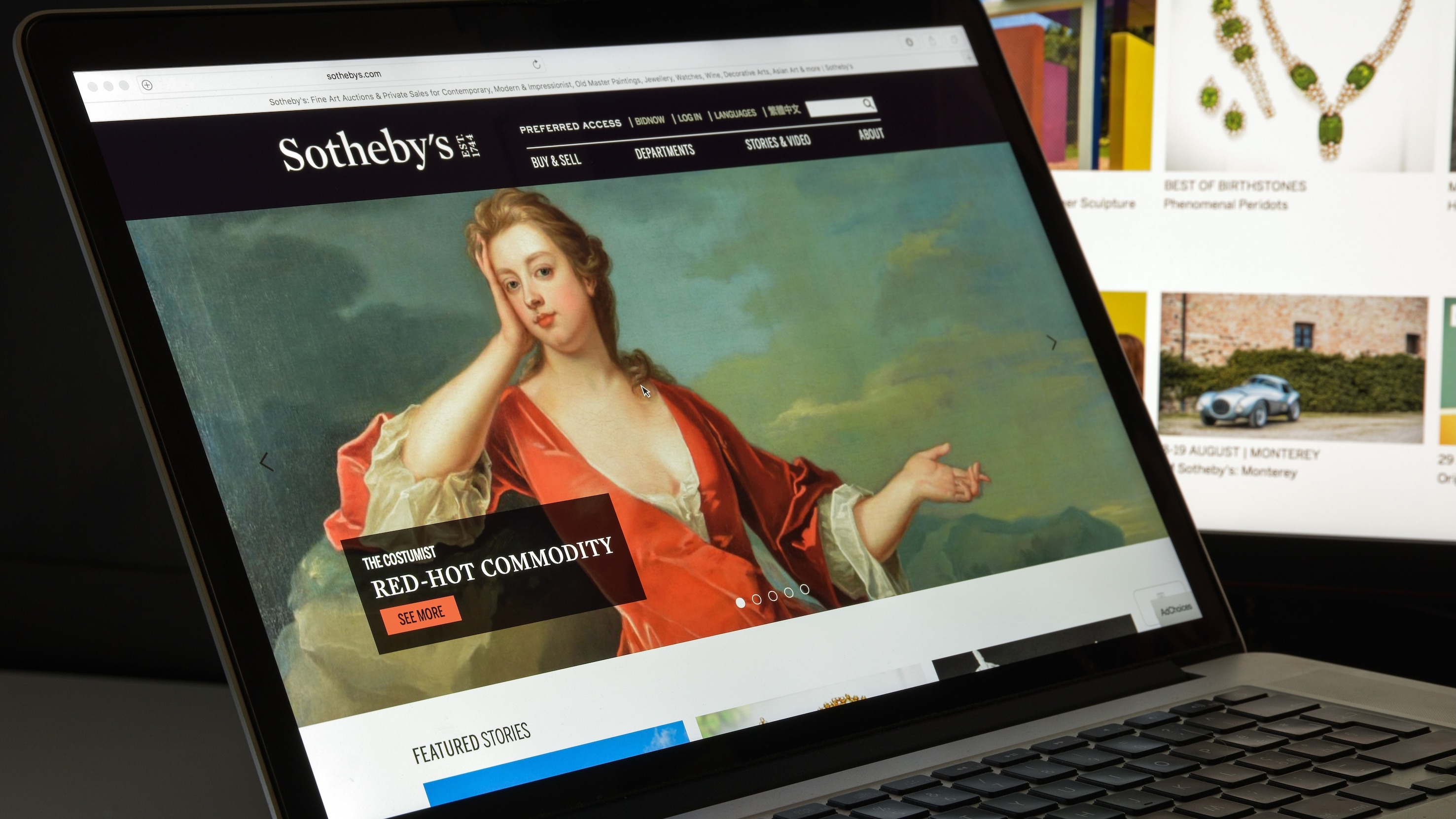
The Art Market in 2024: A Year of Challenges and Resilience
As 2024 draws to a close, the art market finds itself at a fascinating crossroads, reflecting the broader economic and geopolitical landscape. With high interest rates, inflation and political uncertainty casting long shadows, the market faced headwinds that tested its resilience. Yet, despite a 4% dip in global sales — estimated at $65 billion — the art world demonstrated an enduring capacity to adapt, with transaction volumes climbing by 4% to 39.4 million (Art Basel & UBS, 2024).
The United States retained its position as the world’s leading art market, though it wasn’t immune to the broader downturn. Sales in the US fell by 10%, amounting to $27.2 billion, largely due to a slowdown in high-end transactions. Meanwhile, China emerged as a standout performer, bolstered by a post-COVID economic rebound. The Chinese market grew by 9% to $12.2 billion, securing its place as the second-largest market globally (Art Basel & UBS, 2024).
The United Kingdom, historically a strong contender, slipped to third place as sales contracted by 8% to $10.9 billion. The decline was partly attributed to diminished high-end sales and the lingering effects of Brexit on art imports. Yet, while UK art professionals, including us, worried over London’s status as a global art capital, attendance and sales at this year’s Frieze art fair, which took place in October, renewed our sense of optimism. Similarly, although it maintained its position as Europe’s second-largest art hub, France saw sales fall to $4.6 billion, remaining just above pre-pandemic levels (Art Basel & UBS, 2024). Recent political instability in the country, following President Macron’s snap election in June, could also further impact the French art market.
Auction houses and dealers, the traditional pillars of the market, faced contrasting fortunes. Major auction houses experienced a 7% decline in sales, with some, such as Sotheby’s, grappling with significant financial losses, reportedly losing over $100 million in the first half of the year and carrying $1.65 billion in debt (Freeman, 2024). Conversely, the dealer segment demonstrated surprising resilience at lower price points, even as high-end sales softened. Online platforms continued to thrive, with digital sales growing by 7% to $11.8 billion, underscoring the accelerating shift toward e-commerce in the art world (Art Basel & UBS, 2024), which could also fuel appetite for more innovative collecting models, such as fractional ownership, in the years to come. This is particularly relevant when we consider the rise of Next Gen collectors, who tend to favour social media as a tool for discovering and buying art, technological innovation and more diverse portfolios that marry fine art with other luxury assets, such as jewellery and vintage cars.
One of the more intriguing trends of 2024 was the cooling of the high-end market, with auction prices edging just 1% above their mid-estimates — the smallest increase in over seven years. The Emerging Art segment, which had previously enjoyed meteoric growth, also experienced a slowdown. However, as the year progressed, signs of recovery began to emerge. By the fourth quarter, 35% of auction lots were exceeding mid-estimates, and new artist records were being set, signaling renewed confidence (Bank of America Private Bank, 2024).
Insights from Artsy's 2024 Market Recap further illuminate the evolving landscape. Despite global economic challenges, galleries on Artsy experienced a 15% increase in average total sales — the highest since 2021 (Artsy, 2024). This growth underscores the resilience of online platforms and the increasing comfort of collectors in transacting art digitally. Additionally, the report highlights the strongest surge in demand for Indian artists, followed by Swiss artists, as well as the growing popularity of female artists, with around 29% of the platform’s enquiries having been for works by women in 2024, up from 17% in 2019.
Looking ahead, the art market faces a pivotal moment. The challenges of 2024 — economic volatility, shifting collector behavior, and evolving market dynamics — have underscored the need for innovation and adaptability. Yet, the late-year rebound offers hope. Increased global art shipments and a resurgence in auction activity suggest that while the market may have been tested, its foundational allure remains intact (Financial Times, 2024).
As we step into 2025, the art world appears poised to build on its hard-earned lessons, embracing both tradition and transformation. In a realm where creativity knows no bounds, perhaps the greatest masterpiece is the market’s ability to endure and thrive, even in the face of uncertainty.
Sources:
-
Art Basel & UBS, 2024. The Art Market 2024: Global Analysis and Trends. Art Basel & UBS.
-
Artsy, 2024. The Artsy Market Recap 2024. Retrieved from https://partners.artsy.net/resource/artsy-market-recap/
-
Bank of America Private Bank, 2024. 2024 Wealth Management Report: Art and Collectibles. Bank of America.
-
Financial Times, 2024. Resilience in the Art Market Amid Economic Volatility. Financial Times.
-
Freeman, S., June 2024. Sotheby’s financial struggles in 2024. The Times.




